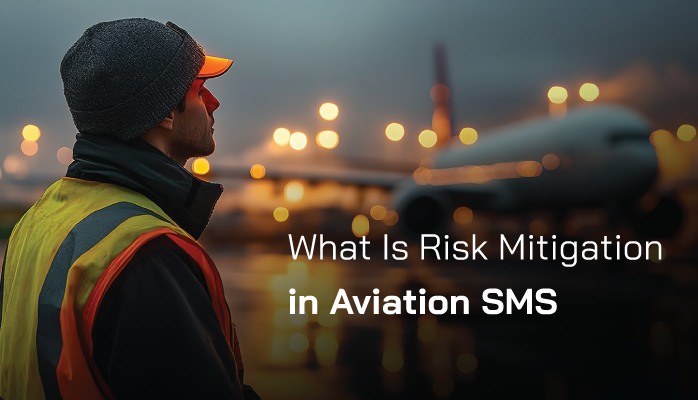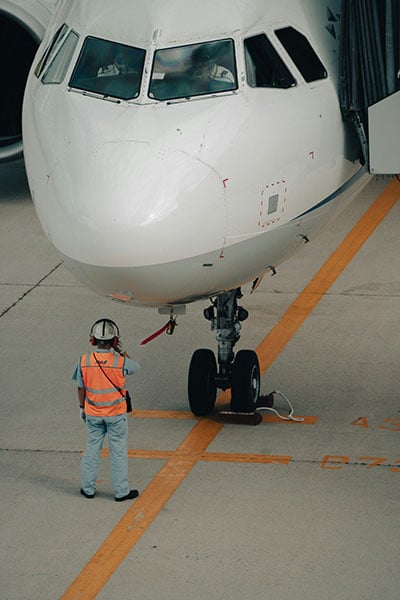Definition of Risk and Risk Occurrence

The concept of risk changes depending on which context you use it. This is not comfortable for many safety managers who insist that risk is simply one thing.
It’s important that safety professionals keep an open mind to variations in how different safety terms are used.
Awareness of variation improves communication and understanding of the risk management process.
There are two main contexts in which the word risk is used:
- Risk in general; and
- Risk occurrence.
Risk in general is:
- Composite of severity and likelihood used to rank risk;
- Used in Risk Assessment; and
- Is generally spoken in the context of, “The risk of [something bad].”
A risk occurrence is:
- An outcome of a safety event that is negative, such as an accident, safety mishap, etc.;
- Is a core part of risk analysis (i.e., how did this mishap occur?); and
- Is generally spoken of in the context of, “After the runway incursion [risk occurrence] occurred on runway 4.”
See this article for other important risk management terms.
What Does Mitigation Mean
The word mitigate simply means to lessen in severity. In the context of risk management, mitigation is a term that has more subtle implications:
- Lessen the likelihood of something happening;
- Lessen the potential severity of something bad; and
- Lessen the severity of something bad that actually occurs.
It’s important to remember these points when strategizing risk mitigation techniques, as your risk controls should touch on all three points.
What Is Risk Mitigation in Aviation SMS

Risk mitigation in aviation SMS has the primary objective of implementing risk controls to control risk. What does it mean to control risk? See the bullet point in the previous section – controlling risk means:
- Lessen likelihood of a risk occurrence (i.e., radar for wildlife);
- Lessen potential severity of risk occurrence (i.e., protective screens on aircraft); and
- Provide resources to deal with the adverse event should they occur (i.e., ERP).
One thing that is important to point out is that while many oversight agencies stress risk mitigation, it’s extremely important to explore other forms of mitigation that are highly relevant to safe operations:
- Hazard mitigation;
- Root cause identification; and
- Threat mitigation.
Related Aviation SMS Risk Mitigation Articles
- How to Define Acceptable Level of Safety (ALoS) in Aviation Safety
- How to Monitor the Effectiveness of Risk Controls
- How to Perform Risk Analysis in Aviation SMS Programs
Examples of Risk Mitigation in Aviation SMS
Here are some common examples of risk mitigation in aviation SMS:
- Keeping backup server in separate locations (if water/fire damage occurs in one place, it won’t throw the internet offline);
- Protective windscreen on aircraft to reinforce windshield from bird strike;
- Emergency Response Plan;
- Avoiding tasks that are too risky; and
- Non-flammable insulation materials.
What Are Risk Mitigation Strategies
Here are the five risk mitigation strategies in aviation SMS:
- Risk avoidance: sidestep mishap occurrence, such as by eliminating risky tasks;
- Risk reduction: reduce likelihood/severity of risk occurrence;
- Risk transfer: transfer ownership of specific risk to another party, such as to maintenance team, parts manufacturer, etc.;
- Risk assumption: treat the risk as acceptable; and
- Risk segregation: spread elements of risk to different areas, such as into multiple locations, within multiple barriers (redundancy), or between multiple duties/roles.
For more information about risk mitigation, the following resources should be helpful:
Last updated February 2025.






